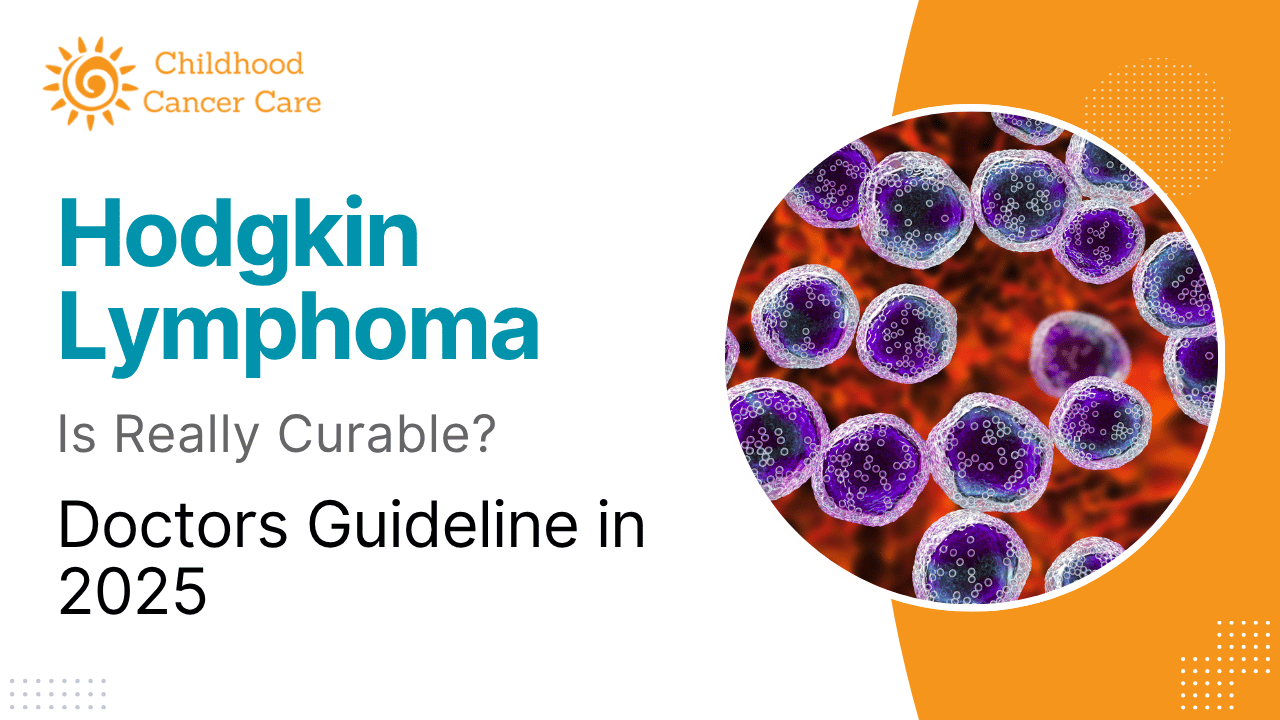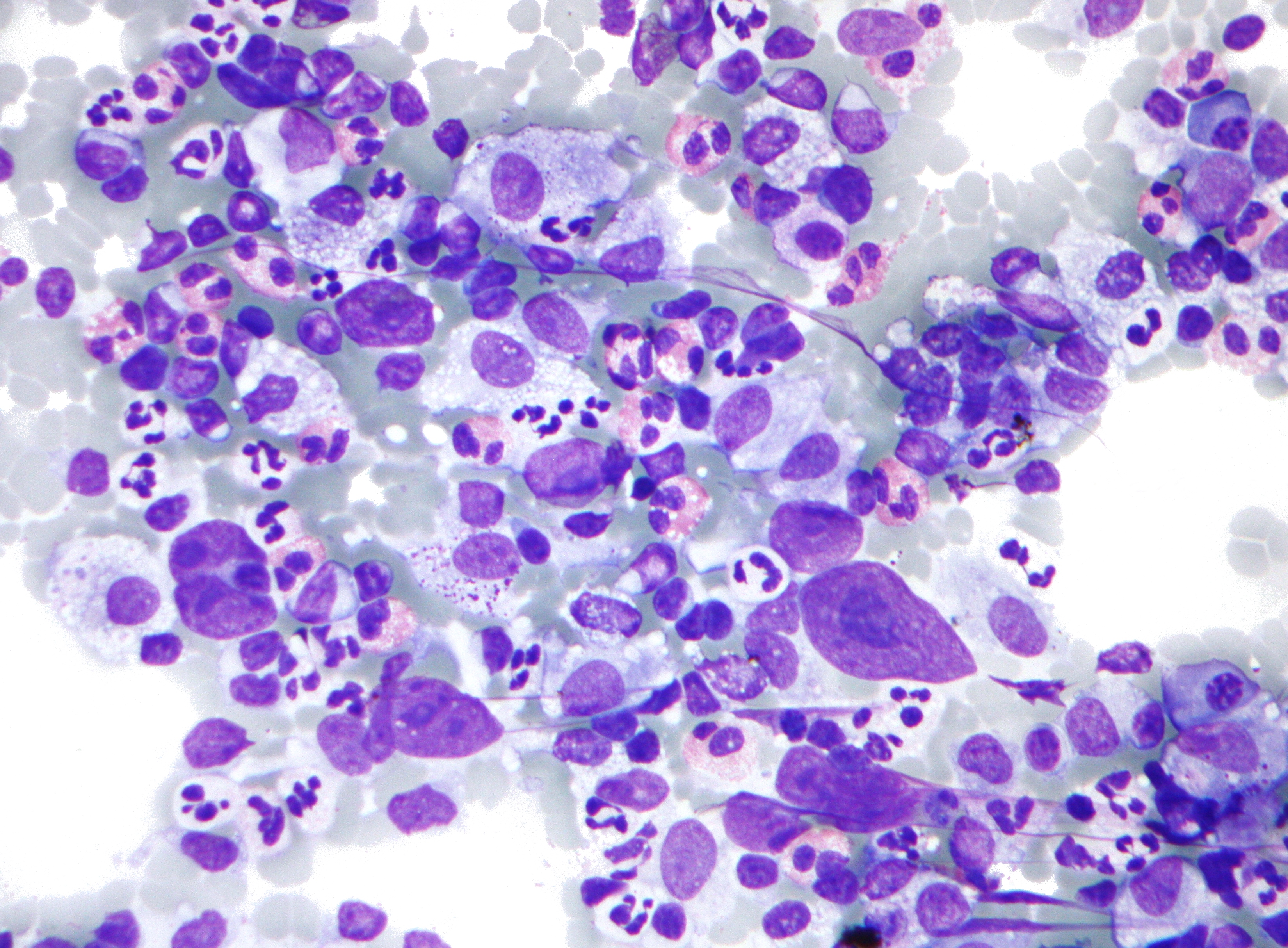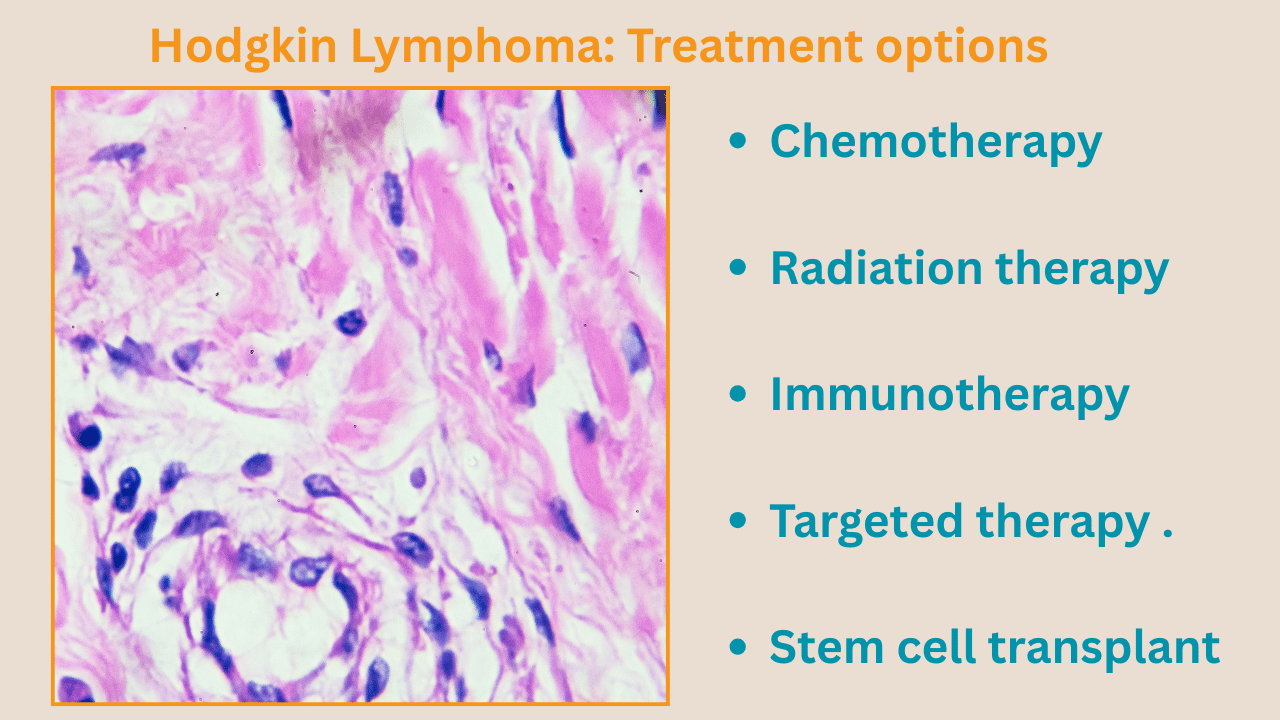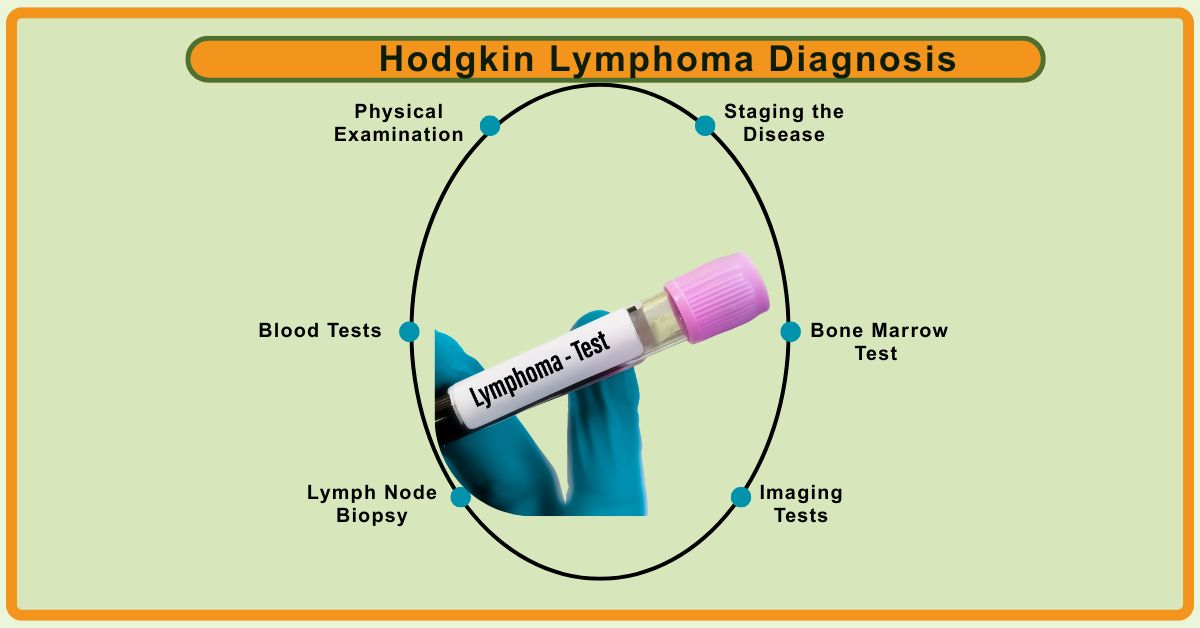Is Hodgkin Lymphoma Curable? What Doctors Are Saying in 2025

Hodgkin Lymphoma Treatment In Mumbai
Hodgkin Lymphoma is a type of blood cancer that affects the lymphatic system. It mostly appears in teens and young adults but can affect any age group. Many patients and families ask one key question: Is it curable? In 2025, medical advances are making a difference. This blog covers the basics of Hodgkin Lymphoma, signs to watch for, current treatments, and what experts are saying today.
What Is Hodgkin Lymphoma?

Hodgkin Lymphoma is a cancer of the lymph nodes. It starts when white blood cells called lymphocytes grow abnormally.
Key features:
- It usually begins in the neck, chest, or underarms.
- The presence of Reed-Sternberg cells is a defining sign.
- It affects the body’s immune system.
Types:
- Classical Hodgkin Lymphoma – the most common type.
- Nodular Lymphocyte-Predominant Hodgkin Lymphoma – less common and grows slowly.
Understanding this condition helps in early diagnosis and effective treatment.
Causes and Symptoms
There is no single known cause of Hodgkin Lymphoma. However, certain risk factors may increase the chance of developing it.
Possible risk factors:
- Past infection with Epstein-Barr virus (EBV)
- A weakened immune system
- Family history of lymphoma
Common symptoms:
- Swollen lymph nodes (neck, armpit, or groin)
- Persistent fever or night sweats
- Sudden weight loss
- Fatigue
- Itchy skin or rash
- Chest pain or cough
These symptoms may seem general, but if they persist,consult a specialist in Mumbai.
Is Hodgkin Lymphoma Curable?

Yes, Hodgkin Lymphoma is one of the most treatable forms of cancer. Early detection and modern therapies improve outcomes significantly.
Standard treatment options include:
- Chemotherapy – kills or slows cancer cells. Most patients respond well.
- Radiation therapy – targets cancerous lymph nodes directly.
- Immunotherapy – helps the immune system recognize and fight cancer.
- Targeted therapy – attacks specific cancer cell proteins.
- Stem cell transplant – used if the disease returns after initial treatment.
How Is Hodgkin Lymphoma Diagnosed?

Diagnosis is the first and most critical step in treating Hodgkin Lymphoma. Doctors use multiple tests to confirm the condition and understand its stage.
Key diagnostic steps:
- Physical Examination – Doctors check for swollen lymph nodes in the neck, armpits, or groin.
- Blood Tests – Helps assess overall health and detect markers of inflammation or abnormal lymphocytes.
- Lymph Node Biopsy – A small tissue sample tested under a microscope. Reed-Sternberg cells confirm Hodgkin Lymphoma.
- CT Scan – Shows size and location of tumors
- PET Scan – Detects active cancer areas.
- Chest X-ray – Identifies enlarged lymph nodes in the chest.
- Bone Marrow Test (if needed) – Checks spread to the bone marrow.
- Staging the Disease – Doctors classify the cancer as Stage I–IV to guide treatment.
Long-Term Survival Rates and What They Mean
In 2025, survival rates for Hodgkin Lymphoma are among the highest for all cancers. This gives patients real hope for long-term recovery.
-
Early-stage survival
- 5-year survival rate: over 90% for Stage I and II.
- Most patients reach full remission with standard treatment.
- Advanced-stage
survival
- 5-year survival rate: 70–85% for Stage III and IV.
- Modern therapies improve success rates.
- Children and
young adults
- Respond well to treatment
- Long-term survival is excellent with proper follow-up care
- Importance of
regular follow-up
- Monitors for relapse
- Checks for late side effects like heart or thyroid issues
- Helps in early detection of second cancers (rare)
Living After Hodgkin Lymphoma: What to Expect
Surviving Hodgkin Lymphoma is a major milestone, but recovery continues after treatment ends.
What patients should know:
- Physical changes: Fatigue, hormonal or fertility changes, low immunity.
- Mental health support: Anxiety about relapse, emotional counseling.
- Regular health checkups: Blood counts, imaging.
- Healthy lifestyle: Diet, physical activity, avoid smoking/alcohol, vaccinations.
Support Systems for Patients and Families
Dealing with Hodgkin Lymphoma is not just a medical journey—it’s emotional and social too.
- Patient counseling: Helps cope, builds resilience.
- Family involvement: Education, medication management, positive environment.
- Peer support groups: Share experiences, reduce isolation, community building.
- Hospital support: Nutritionists, psychologists, palliative care teams.
Expert Insight and Recommendations
Doctors in 2025 emphasize the importance of:
- Early diagnosis through blood tests and imaging
- PET-CT scans for staging the disease
- Genetic profiling for personalized treatment
- Less toxic treatment plans for children and teens
- Regular follow-ups to check for recurrence
Patients are advised to:
- Keep a symptom journal
- Follow the treatment schedule strictly
- Communicate openly with the care team
- Ask about fertility preservation options before treatment, if relevant
Dr. Shweta Bansalis a leading Pediatric Hemato-Oncologist and Head of Department at Sir H. N. Reliance Foundation Hospital, Mumbai. Her expertise spans pediatric oncology, bone marrow transplantation, Acute Leukemia, lymphomas, brain tumors, and immunotherapy. She provides compassionate, evidence-based care for children with complex blood and cancer disorders.
Frequently Asked Questions (FAQs)
Conclusion
Hodgkin Lymphoma is not only treatable but curable in many cases. With today’s medical advances, patients have more hope and better outcomes than ever. Timely diagnosis, expert care, and emotional support make a big difference. If you or someone you know shows symptoms, don't delay seeking care. Reach out to a specialist and begin the journey toward recovery.
Copyright © Childhood Cancer Care | Dr. Shweta Bansal.